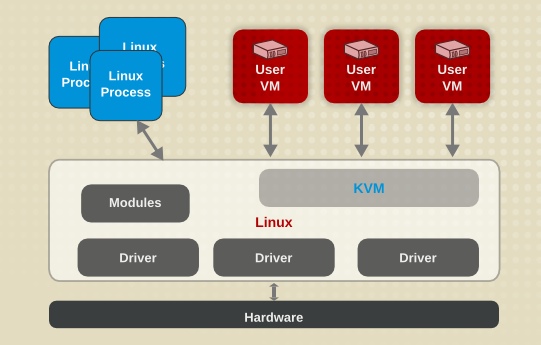Sales tel: 0345 899 5010
KVM - What is KVM?
Understanding KVM
KVM has two meanings.

Keyboard Video Mouse - for direct control of computers
From this point we can get all connection and control methods with hardware to switch over or extend the access to the computers, it can be local or remote.
The KVM user point is sometimes referred to as the console.
The advantages of this is: It is totally direct out of band access,
we have direct access to bios level of the computers from boot up,
It does not use the computers network access port or need this to be active, and can thus offer isolated ultimate security.
We have a vast array of solutions in this arena from secure desk use, datacentre, manufacturing, control room, Video / AV broadcast, local or remote. And this website aims to provide and show all the possibilities.
KVM SWITCHES
Not to be confused with:
Kernel-based Virtual Machine

Kernel-based Virtual Machine is a free and open-source virtualization module in the Linux kernel that allows the kernel to function as a hypervisor.
KVM (for Kernel-based Virtual Machine) The full virtualization solution for Linux on x86 hardware containing virtualization extensions (Intel VT or AMD-V). It consists of a loadable kernel module, kvm.ko, that provides the core virtualization infrastructure and a processor specific module, kvm-intel.ko or kvm-amd.ko. Using KVM, one can run multiple virtual machines running unmodified Linux or Windows images. Each virtual machine has private virtualized hardware: a network card, disk, graphics adapter, etc. KVM is open source software. The kernel component of KVM is included in mainline Linux, as of 2.6.20. The user space component of KVM is included in mainline QEMU, as of 1.3 which was released on February 5, 2007. This is used by large vending companes such as Red Hat Enterprise Linux, KVM is the only hyperviser for all Red Hat virtualizations products. Besides Red Hat comapnies such as IBM , Canonical and Google rely on kvm based technology for many virtualizarion,
products. SEE Linux KVM
However many of these and others still use Hardware KVM for the OOB (out of band) granular administrator access and the related Serial control OOB requirements..

To find the best solution
We look at computer control as the requirement and we just need to know what functions you would like to control to offer the answer.
From your simple keyboard monitor and mouse we have products to allow you to control almost anything:
- All local computers
- Remote computers
- Datacentre servers
- Serial console servers to devices
- Multiple screens and outputs
- Intelligent Power control devices and PDU's
- Network Gateway Appliances






